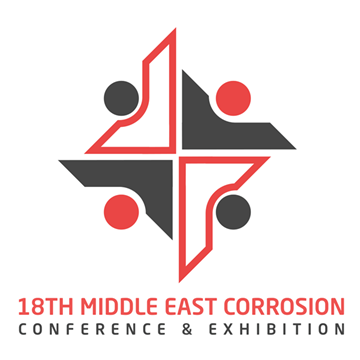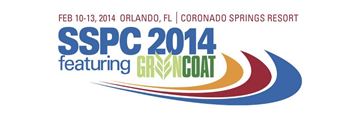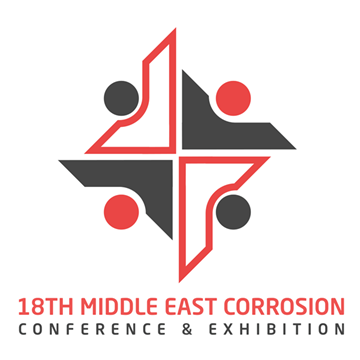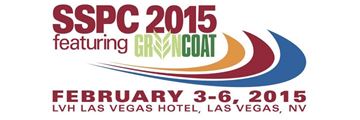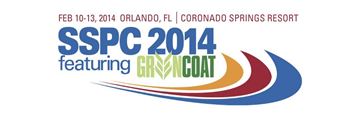Search
Individual Conference Papers
View as
Sort by
Display
per page
Reducing CUI Risk with Remote Monitoring in Cold Duty Insulations
Product Number:
51323-19065-SG
Publication Date:
2023
$20.00
Reducing Embodied Carbon by Using Fibre Reinforced Polymers (FRP) Rather than Steel
Product Number:
MECC23-20045-SG
Publication Date:
2023
$20.00
Reduction Of Conservatism In SSC Testing For Sour Gas Well Tubulars
Product Number:
51322-17776-SG
Publication Date:
2022
$20.00
Reduction of Tool Wear and Loads During Friction Stir Welding of Steel for Pipeline Fabrication
Product Number:
MPWT19-14275
Publication Date:
2019
$0.00
Re-Evaluating Electrochemical Impedance Spectroscopy (EIS) for the Field Inspector’s Toolbox: A First Approach
Product Number:
41214-837-SG
Publication Date:
2014
$20.00
Refinement Of Citric Acid Passivation Methods And Comparison To Traditional Nitric Acid Based Chemistries
Product Number:
51322-17628-SG
Publication Date:
2022
$20.00
Refinement of Pitting Factor Basis to Evaluate Minimum Nitrite Requirement in Dilute Waste Chemistries
Product Number:
51324-20801-SG
Publication Date:
2024
$40.00
Reformer Pigtail Degradation Over 49 Years’ Service: A Case Study
Product Number:
MECC23-20234-SG
Publication Date:
2023
$20.00
Regulatory Research On The Aging Management Of Structures, Systems, And Components In Nuclear Power Plants Supporting Long Term Operation
Product Number:
ED22-18639-SG
Publication Date:
2022
$20.00
Regulatory Update: Current and Emerging Trends in Occupational and Environmental Health
Product Number:
41215-904-SG
Publication Date:
2015
$20.00
Regulatory Update: Current and Emerging Trends in Occupational and Environmental Health
Product Number:
41214-828-SG
Publication Date:
2014
$20.00
Regulatory Update: Current and Emerging Trends in Occupational and Environmental Health
Product Number:
41212-683-SG
Publication Date:
2012
$20.00


